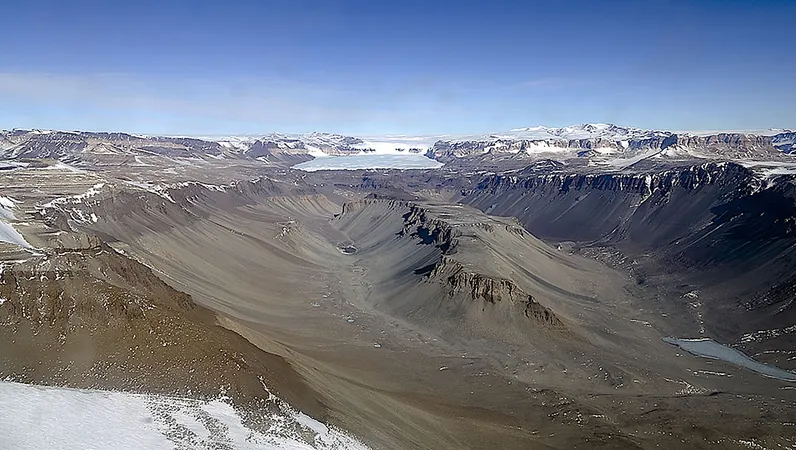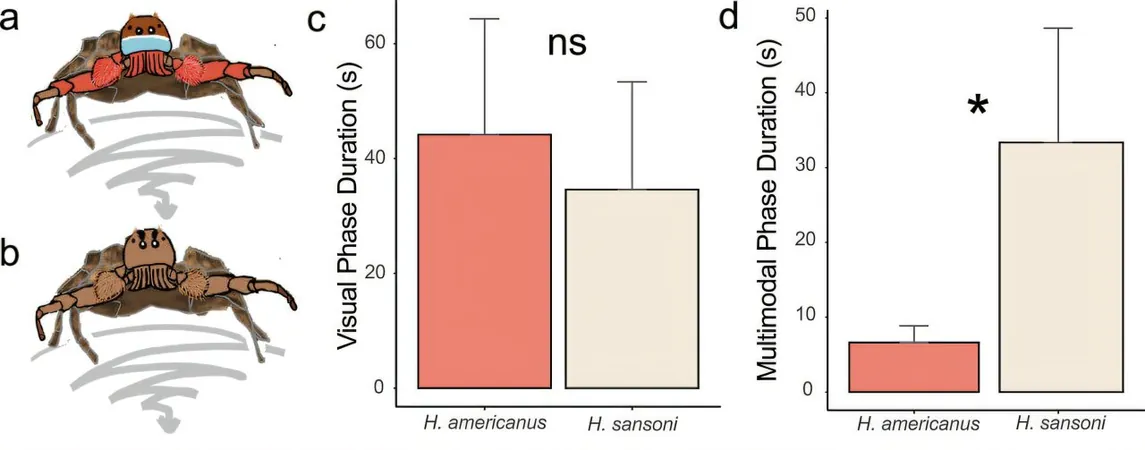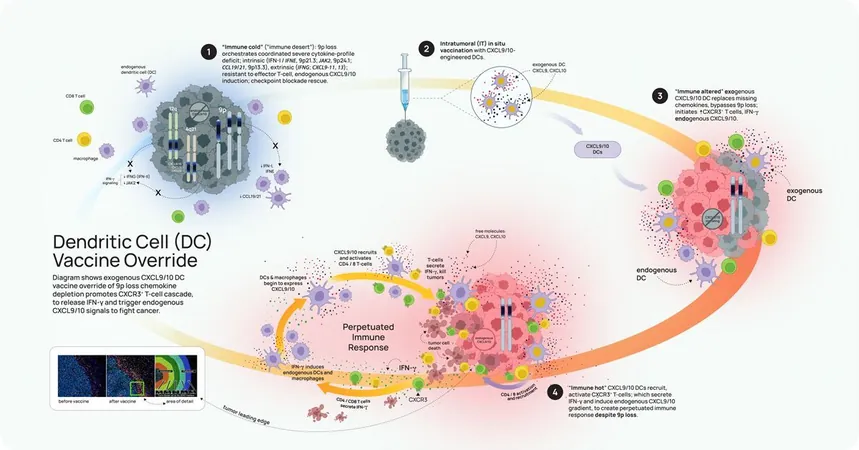
Unlocking the Secrets of Ancient Microbial Life in Antarctica
2025-09-01
Author: Li
Discovering the Hidden World of Microbes in the McMurdo Dry Valleys
The McMurdo Dry Valleys of Antarctica, long known for their striking landscapes, might just hold the key to understanding ancient microbial communities hidden beneath their icy surface. Despite extensive studies of surface life, our knowledge of the subsurface microorganisms inhabiting permafrost remains scant, especially regarding their role in reconstructing past ecological environments.
A Deep Dive into the Microbial Diversity of Permafrost
Recent groundbreaking research sheds light on this mystery, focusing on microbial diversity from two permafrost locations: the lower Wright Valley (ages ranging from 7000 to 25,000 years) and Pearse Valley (over 180,000 years old). Employing an innovative decontamination protocol along with advanced low-biomass extraction techniques and 16S ribosomal RNA gene amplification sequencing, scientists were able to map out the complexities of these subsurface microbial communities.
Unearthing the Past: Microbial Communities Revealed
The striking differences noted between surface and subsurface microbial communities in both valleys suggest that ancient environmental conditions played a significant role in colonization patterns. Some microbial species identified exclusively in the subterranean permafrost but absent from surface soils indicate a long-isolated community with deep evolutionary roots. Such findings suggest that these microbes have survived in harsh climates, preserving a glimpse into Earth's biological history.
The Mystery of the Friis Hills: High-Altitude Challenges
Interestingly, researchers encountered challenges in identifying microbial DNA in the higher elevation Friis Hills, where conditions date back over 6 million years. This aligns with previous studies indicating that microbial life is exceedingly scarce in such extreme cold, dry habitats. The difficulty in detecting DNA at these elevations raises questions about life’s potential survival in some of Earth's most unforgiving climates.
Implications for Astrobiology: A Look to Mars
These findings not only illuminate the mysteries of microbial life on Earth but also carry significant implications for astrobiology. Understanding how low-abundance microbial populations thrive in terrestrial permafrost may provide insights into similar conditions that could exist on Mars. Just like the ancient permafrost of Antarctica, the Martian surface may hold clues about past microbial life, urging scientists to explore new methods for detection in these extreme environments.



 Brasil (PT)
Brasil (PT)
 Canada (EN)
Canada (EN)
 Chile (ES)
Chile (ES)
 Česko (CS)
Česko (CS)
 대한민국 (KO)
대한민국 (KO)
 España (ES)
España (ES)
 France (FR)
France (FR)
 Hong Kong (EN)
Hong Kong (EN)
 Italia (IT)
Italia (IT)
 日本 (JA)
日本 (JA)
 Magyarország (HU)
Magyarország (HU)
 Norge (NO)
Norge (NO)
 Polska (PL)
Polska (PL)
 Schweiz (DE)
Schweiz (DE)
 Singapore (EN)
Singapore (EN)
 Sverige (SV)
Sverige (SV)
 Suomi (FI)
Suomi (FI)
 Türkiye (TR)
Türkiye (TR)
 الإمارات العربية المتحدة (AR)
الإمارات العربية المتحدة (AR)